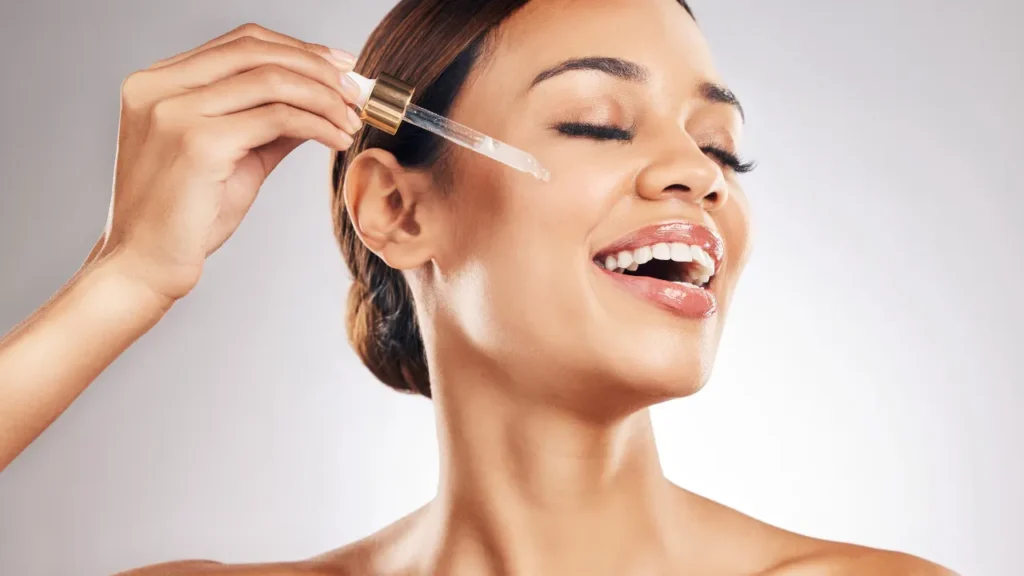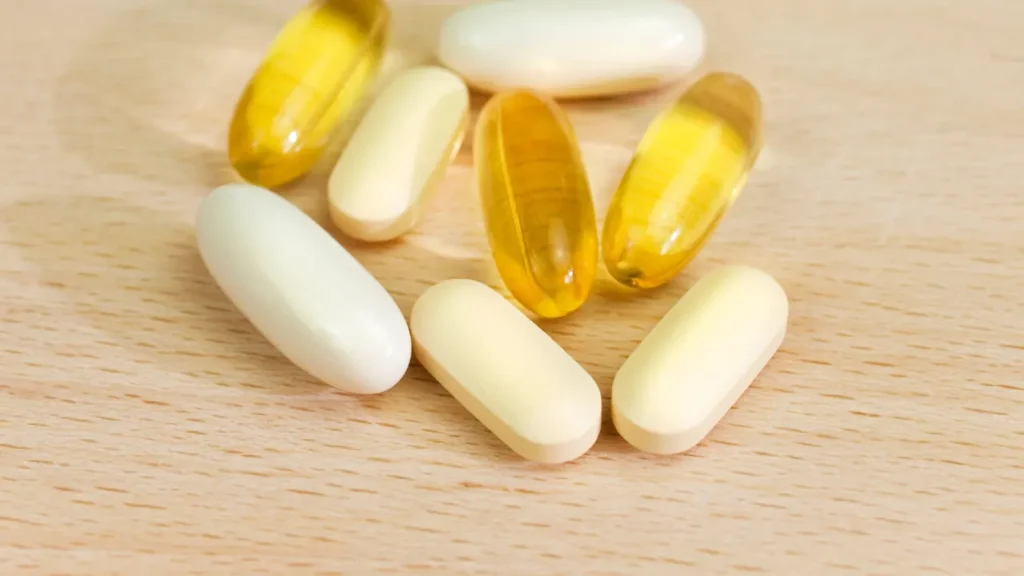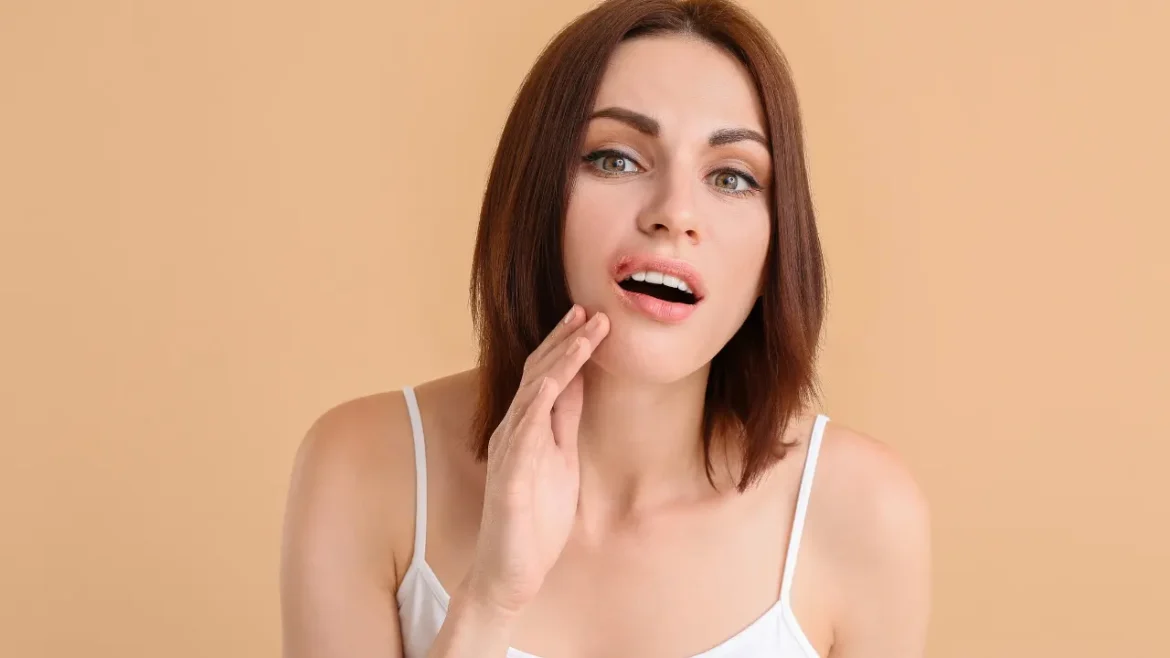Description
A long-lasting inflammatory skin disorder called lichen planus can potentially harm hair follicles, nails, and mucosal membranes. Wickham’s striae, or peculiar, irritating, flat-topped, and polygonal papules, are frequently present together with these papules. Since its resemblance with lichens, a form of symbiotic organism made up of algae and fungus, the disease is known as “lichen” planus. Lichen planus often presents as tiny, glossy, reddish-purple papules on the skin. The ankles, wrists, inner forearm, lower back, and genitals are just a few of the body regions where these lesions can appear singly or in groups. Scratching the papules, which can be smooth or possess a rough surface, might make them more inflammatory or ulcerated.
Lichen planus has many known subtypes, including: –
Oral Lichen Planus: This subtype primarily affects the mouth’s mucous membranes, resulting in lacy, white patches or erosions.
Cutaneous or Classic Lichen Planus: The skin is the main area of concern for this type, which also causes distinctive papules and itching.
Hypertrophic Lichen Planus: The shins and other lower limbs are frequently affected by these swollen, elevated lesions.
Actinic Lichen Planus: The most frequently afflicted body parts of this kind, which are related to UV radiation exposure, include the face, hands, and neck.
Bullous Lichen Planus: Along with the distinctive papules, there are also bullae or blisters filled with fluid.
You May Also Like:
HEART HEALTHY HABITS: KORI KRILL OIL AS PART OF YOUR DAILY SUPPLEMENT REGIMEN
WHAT IS CARDIAC ATROPHY? 5 SCIENCE-BACKED SUPPLEMENT INGREDIENTS THAT MAY BOOST HEART HEALTH
Lichen planus: Description, Causes, And Treatment Protocol is an original (HealthXWire) article.
Possible Causes
Although the precise etiology of lichen planus is still unknown, this section goes through many possible causes that might be involved. It examines the potential impact of immune system dysfunction, viral infections, genetic predisposition, and specific drugs: –
Immune System Dysregulation: Lichen planus is regarded as an immunological-mediated condition, which implies that an aberrant immune response contributes to its onset. Certain triggering events are thought to stimulate immune cells, notably T cells, which cause an inflammatory reaction and the distinctive lichen planus lesions.
Genetic Predisposition: Lichen planus appears to be more common in people with a family record of the ailment, suggesting that there might be a hereditary component to the condition. Yet particular lichen planus-related genes remain to be discovered.
Viral Infections: According to certain research, lichen planus might be related to certain viral illnesses including the hepatitis C virus (HCV). According to theory, a viral infection sets off an immunological reaction that makes susceptible people develop lichen planus.
Medications and Allergies: Beta-blockers, certain antibiotics, and nonsteroidal anti-inflammatory drugs (NSAIDs) are all known to cause lichen planus-like outbreaks. This is termed as one drug-induced lichenoid response. Furthermore, some people may get lichen planus because of allergies to particular drugs or chemicals.
Exacerbating and Mitigating Factors
Following are some typical lichen planus aggravating and mitigating factors: –
The exacerbating factors: –
Trauma: New lesions may appear or be made worse by physical damage to one’s skin like injury or scratching.
Stress: The symptoms of lichen planus can intensify under psychological and emotional strain, and flare-ups might result.
Specific Medications: Some drugs, including NSAIDs, beta-blockers, and antibiotics, can cause outbreaks that resemble lichen planus.
Allergens and Irritants: Lichen planus symptoms may exacerbate when exposed to specific chemicals, scents, or environmental elements.
Systemic Diseases: Lichen planus may become more severe by underlying problems including diabetes, hepatitis C, or autoimmune diseases.
The mitigating factors: –
Oral Hygiene: Oral lichen planus may be controlled by maintaining appropriate oral hygiene, which includes daily brushing and flossing.
Good Skin Care: Utilizing gentle cleansers, preventing irritants, and practicing basic skin hygiene may all reduce discomfort.
Topical Treatments: Inflammation can be reduced and symptoms relieved by using topical corticosteroids as directed.
Immune System Support: A healthy lifestyle that includes daily exercise and a balanced diet may strengthen the immune system.
Maintaining Regular Contact with the Healthcare Provider: The condition can be monitored and the treatment can be changed as needed with regular checkups by a medical practitioner.

Standard Treatment Protocols
Lichen planus treatment tries to relieve symptoms, lessen inflammation, and stop the consequences. The precise treatment plan is determined by the degree, location, and size of the lesions. The dermatologist or other healthcare provider will evaluate each situation specifically and create a personalized treatment strategy. The following are typical lichen planus treatment regimens: –
Topical Corticosteroids: The cornerstone of lichen planus therapy is topical corticosteroids. These drugs enhance healing by reducing inflammation and irritation. Mid-potency corticosteroids tend to be preferred for delicate areas, whereas high-potency corticosteroids, including clobetasol propionate, are frequently used for small or localized lesions. For optimum benefits, the application must be constant and regular.
Topical Calcineurin Inhibitors: Alternative choices for topical therapy include calcineurin inhibitors like tacrolimus and pimecrolimus, particularly when corticosteroids are contraindicated or ineffective. These drugs diminish inflammation by suppressing the immune system. Treatment of lichen planus in delicate regions, like one’s face and genitalia, is made especially effective by using these methods.
Oral Corticosteroids: For a brief time, oral corticosteroids can be administered during severe lichen planus instances to reduce inflammation quickly. Nevertheless, due to the possibility of systemic adverse reactions, prolonged use is often avoided.
Retinoids: In situations of severe or resistant lichen planus, systemic retinoids like acitretin can be considered. The immune system is modulated and inflammation is decreased by retinoids. Throughout retinoid therapy, periodic tracking of the liver, blood lipids, and associated side effects is required.
Immunomodulatory Agents: Serious or extensive lichen planus instances that are resistant to other therapies may be treated with immunosuppressant drugs like azathioprine, methotrexate, or mycophenolate mofetil. These drugs lower inflammation and suppress the immune system. However, it is crucial to closely monitor liver function, blood counts, and any side effects during the treatment process.


Treatment Options
Oral Antihistamines: Lichen planus itching may be reduced with the use of oral antihistamines like loratadine or cetirizine. They are very beneficial whenever itching is a problem, particularly at night.
Phototherapy: When lichen planus is widespread or refractory, treatment options include NB-UVB phototherapy alongside psoralen with ultraviolet A (PUVA). Immune suppression and inflammation reduction are both benefits of phototherapy.
Topical Anesthetics: Localized discomfort or pain brought from lichen planus lesions can be treated with topical anesthetics like benzocaine or lidocaine.
Mouth Rinses: Mouthwashes comprising topical corticosteroids like triamcinolone or dexamethasone can help to ease the symptoms of oral lichen planus and encourage healing.
Nutritional supplements: Following are some dietary supplements that may be advantageous for people suffering from lichen planus: –
- B Vitamins
For ensuring healthy skin, B vitamins are crucial, especially folic acid and vitamin B12. These vitamins are necessary for supporting skin cell regeneration along with general skin health. Regarding their precise effects on lichen planus, there is nevertheless scant evidence.
- Vitamin D
The immune system and skin health depend heavily on vitamin D. A vitamin D pill may help modify immune responses and lessen inflammation, according to some research. Vitamin D levels might be kept at their ideal range with enough sun exposure, fortified meals, and supplements.
- Antioxidants
Antioxidants including vitamins E and C are being demonstrated to guard against oxidative damage and support skin health. A diet high in whole grains, vegetables, and fruits, which are natural providers of antioxidants, can improve general health even if it is unknown how they would directly affect lichen planus.
- Omega-3 Fatty Acids
Flaxseed oil and fish oil contain omega-3 fatty acids, that possess anti-inflammatory effects. They could aid in lowering lichen planus-related inflammation.
- Zinc
The immune system and wound healing both depend on zinc. According to some research, taking a zinc supplement may help with inflammatory skin disorders.
Natural and herbal remedies: The herbal and natural treatments for lichen planus that have been recommended include the following: –
- Aloe Vera
Lichen planus-related itching and inflammation might be relieved by the calming and anti-inflammatory effects of aloe vera gel.
- Turmeric
Curcumin, a substance found in turmeric, has both antioxidant and anti-inflammatory qualities. It might aid in promoting healing and reducing inflammation.
- Licorice Root
Anti-inflammatory and immune-modulating effects are present in licorice root. It might assist in lichen planus symptom relief and inflammation reduction.
- Tea Tree Oil
Antibacterial and anti-inflammatory effects can be found in tea tree oil. It might assist in reducing lichen planus-related irritation and itching.
- Coconut Oil
The anti-inflammatory and moisturizing qualities of coconut oil are well known. Itching and dryness brought on by lichen planus could be reduced by using coconut oil on the afflicted regions.
- Chamomile
Chamomile contains calming and anti-inflammatory effects. Itching and irritation may be reduced by using chamomile teabags or ointments or creams infused with the herb.
- Oatmeal Baths
Bathing with oatmeal helps ease the itch and irritation caused by lichen planus.
However, it is crucial to keep in mind that different people may respond differently to natural and herbal therapies. Some herbal medicines can interfere with prescription drugs or trigger allergic responses. As a result, it is essential to get medical advice before utilizing any herbal or natural treatments for lichen planus. Doctors can offer advice on dose, safety, and possible interactions with other medications.


Conclusion
Lichen planus is an inflammatory dermatological condition that is diagnosed with the formation of itchy papules that is mostly flat-topped and polygonally shaped. Lichen planus can be divided into different subtypes that affect different areas of the skin ranging from oral membranes to the skin of lower limbs. The underlying cause of lichen planus remains elusive, but it is believed to involve an abnormal immune response of the body that is triggered by various factors, including genetic predisposition, viral infections, certain medications, etc.
To effectively manage lichen planus, a comprehensive and interdisciplinary approach is typically adopted. This includes the combinations between standard treatment protocols and alternative lifestyle modifications to avoid the triggers of the disease. Complementary therapies like phototherapy, oral antihistamines, nutritional supplements, and others have also shown promise in certain lichen planus cases. Close collaboration between the patients and doctors along with constant monitoring is the best way to treat lichen planus.


Additional resources for further reference
https://dermnetnz.org/topics/lichen-planus
https://www.aad.org/public/diseases/a-z/lichen-planus-treatment
https://www.ncbi.nlm.nih.gov/books/NBK526126/
https://my.clevelandclinic.org/health/diseases/17723-lichen-planus
Important Note: The information contained in this article is for general informational purposes only, and should not be construed as health or medical advice, nor is it intended to diagnose, prevent, treat, or cure any disease or health condition. Before embarking on any diet, fitness regimen, or program of nutritional supplementation, it is advisable to consult your healthcare professional in order to determine its safety and probable efficacy in terms of your individual state of health.
Regarding Nutritional Supplements Or Other Non-Prescription Health Products: If any nutritional supplements or other non-prescription health products are mentioned in the foregoing article, any claims or statements made about them have not been evaluated by the U.S. Food and Drug Administration, and such nutritional supplements or other health products are not intended to diagnose, treat, cure, or prevent any disease.
Table of Contents


